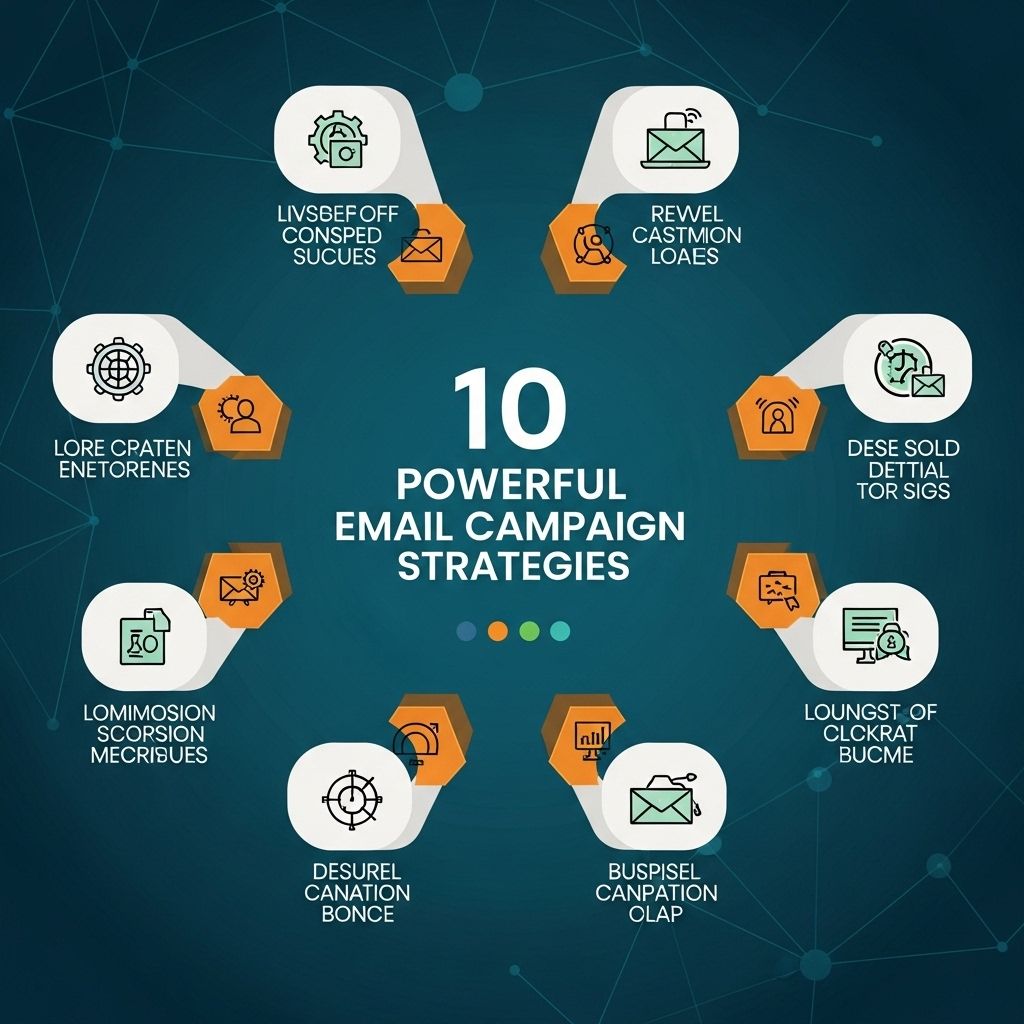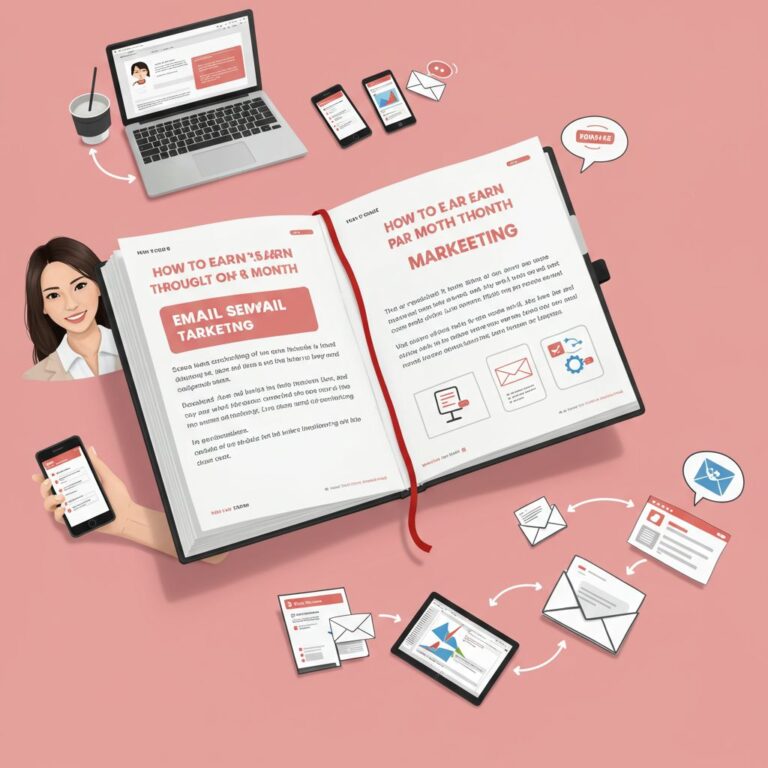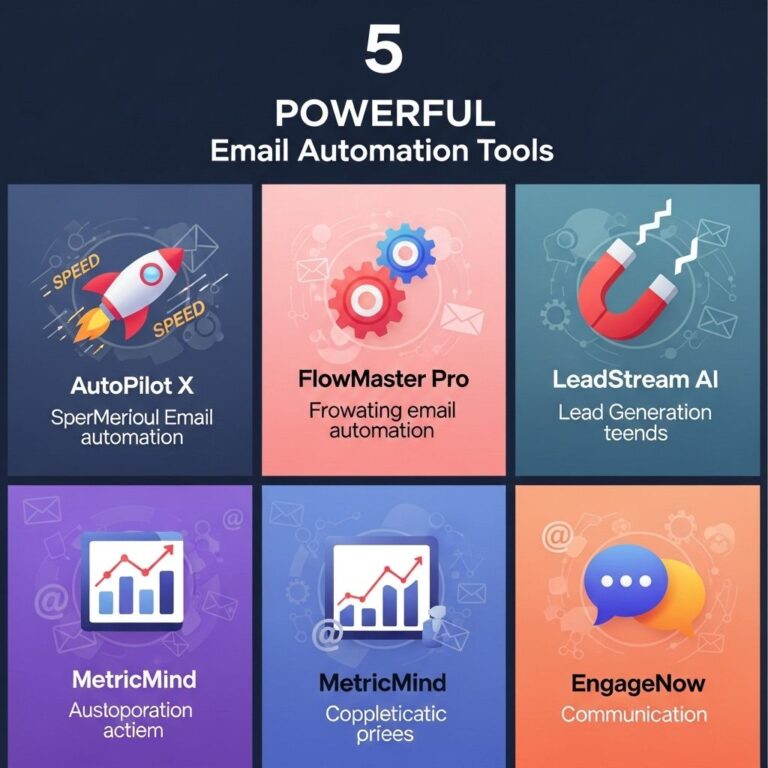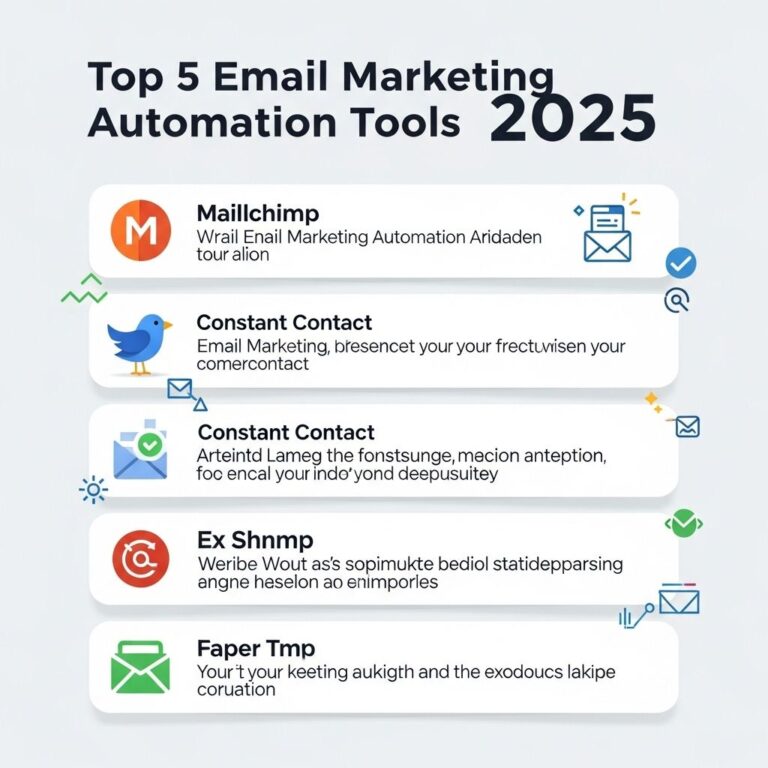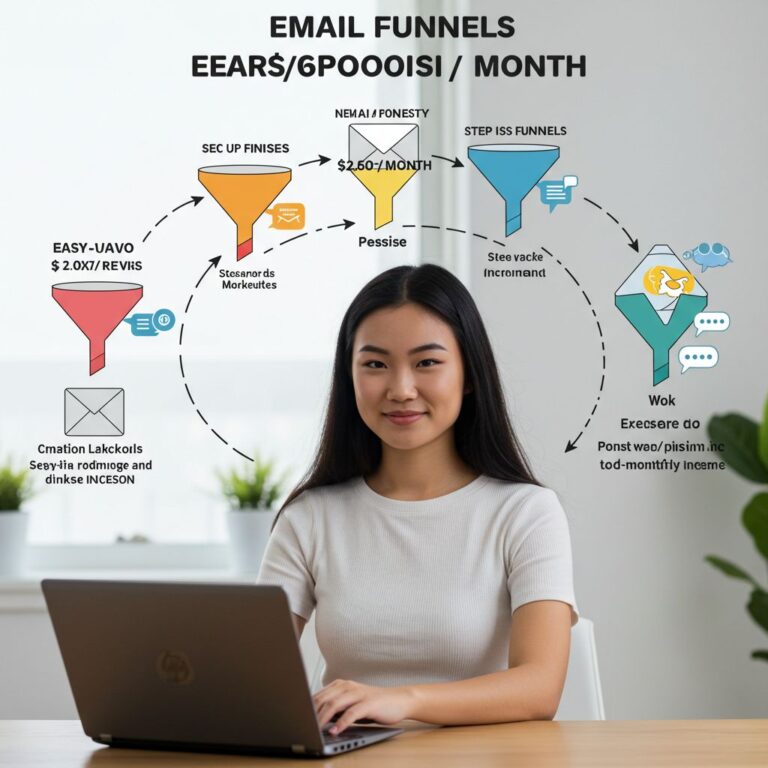Email marketing remains one of the most potent tools for digital marketers. With the right strategies, businesses can create effective email campaigns that not only engage their audiences but also drive conversions. In this article, we will explore ten powerful email campaign strategies that can elevate your marketing game.
Table of Contents
1. Segment Your Audience
Segmentation is a crucial strategy that allows you to tailor your messages to specific groups within your audience. By segmenting your email list, you can ensure that your content is relevant and personalized. Here are some common segmentation criteria:
- Demographics: Age, gender, location, etc.
- Behavior: Purchase history, website activity, email engagement.
- Interests: Preferences gathered through surveys or previous interactions.
2. Craft Compelling Subject Lines
Your subject line is the first thing your recipients will see, making it essential for grabbing their attention. A well-crafted subject line can significantly improve your open rates. Here are some tips for writing effective subject lines:
- Keep it short and sweet (50 characters or less).
- Create a sense of urgency or curiosity.
- Use action verbs to encourage clicks.
- Personalize when possible, such as including the recipient’s name.
3. Personalize Your Content
Personalization goes beyond just using the recipient’s name in the greeting. Consider segmenting your content based on user behavior or past purchases. Personalized emails can lead to:
- Higher open rates.
- Increased click-through rates.
- Improved customer loyalty.
Examples of Personalization Tactics
- Dynamic content based on user interests.
- Product recommendations tailored to previous purchases.
- Anniversary or birthday discounts.
4. Optimize for Mobile Devices
With more than half of emails being opened on mobile devices, ensuring that your emails are mobile-friendly is imperative. Here’s how to optimize:
- Use responsive design to ensure compatibility across devices.
- Keep your email layout simple and clean.
- Limit the number of images to reduce loading times.
5. A/B Testing
A/B testing allows you to experiment with different elements of your emails to determine what works best. Here are some elements to test:
- Subject lines
- Call-to-action buttons
- Email layouts
- Send times
How to Conduct A/B Testing
Follow these steps for effective A/B testing:
- Select one variable to test.
- Create two versions of your email.
- Send each version to a segment of your audience.
- Analyze the results to see which version performed better.
6. Use Automation Wisely
Email automation can streamline your campaigns and ensure timely responses to customer actions. Consider implementing:
- Welcome emails for new subscribers.
- Abandoned cart emails to recover lost sales.
- Re-engagement campaigns for inactive subscribers.
7. Focus on High-Quality Content
Content is king in email marketing. Ensure that your emails provide value to your readers. High-quality content can include:
- Informative articles or blog posts.
- Exclusive offers or discounts.
- Engaging visuals or infographics.
Content Formatting Tips
Make your content easy to read by:
- Using short paragraphs and bullet points.
- Including clear headings and subheadings.
- Incorporating images or videos to complement your text.
8. Monitor and Analyze Metrics
Monitoring your email campaign’s performance is vital for ongoing improvement. Key metrics to track include:
| Metric | Description |
|---|---|
| Open Rate | The percentage of recipients who open your email. |
| Click-Through Rate (CTR) | The percentage of recipients who clicked on a link within the email. |
| Conversion Rate | The percentage of recipients who completed a desired action (e.g., making a purchase). |
| Unsubscribe Rate | The percentage of recipients who opt-out from your email list. |
9. Implement a Clear Call-to-Action (CTA)
Every email should have a clear and compelling CTA that directs the reader on what to do next. Consider the following when crafting your CTAs:
- Use actionable language (e.g., “Shop Now,” “Join Us Today”).
- Make the button visually prominent.
- Limit the number of CTAs to avoid overwhelming your audience.
10. Stay Compliant with Regulations
Compliance with email marketing regulations, such as the CAN-SPAM Act and GDPR, is crucial. To ensure compliance:
- Obtain explicit consent from subscribers.
- Include an easy opt-out option in every email.
- Respect privacy and data protection laws.
Conclusion
Email marketing can be a powerful tool for engaging your audience and driving sales. By implementing these ten strategies, you can enhance your email campaigns, improve engagement, and ultimately achieve better results. Remember, the key to successful email marketing lies in understanding your audience and providing them with valuable, relevant content.
FAQ
What are the key benefits of using email marketing?
Email marketing allows businesses to directly reach their audience, build customer relationships, and drive conversions in a cost-effective manner.
How can I segment my email list for better targeting?
You can segment your email list by demographics, past purchase behavior, engagement level, and interests to ensure your messages resonate with specific groups.
What type of content should I include in my email campaigns?
Include valuable content such as promotions, product updates, educational resources, and engaging stories that align with your audience’s interests.
How often should I send email campaigns?
The frequency of email campaigns depends on your audience and industry, but a common practice is to send emails weekly or bi-weekly to maintain engagement without overwhelming subscribers.
What metrics should I track to measure email campaign success?
Key metrics include open rates, click-through rates, conversion rates, unsubscribe rates, and overall return on investment (ROI) to evaluate campaign performance.
How can I improve my email open rates?
Improve open rates by crafting compelling subject lines, personalizing content, optimizing send times, and ensuring your emails are mobile-friendly.

